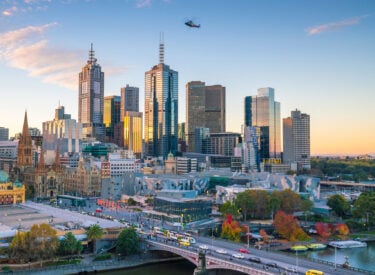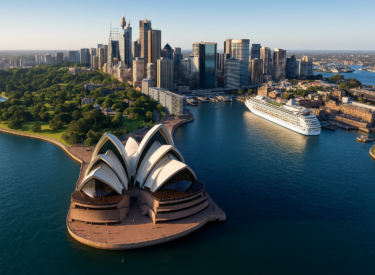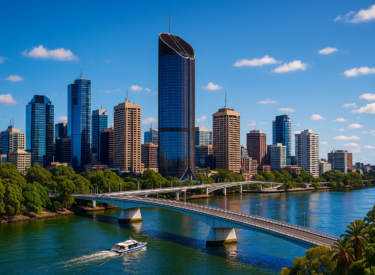
Key takeaways
Despite economic pressures, Australian households have reached unprecedented wealth levels, with average household wealth now surpassing $1.5 million.
Australia's aggregate housing wealth surged by 6.6% in one year, hitting $7.7 trillion—a $1 trillion increase within just 12 months.
Australia's total real estate market value now exceeds $11 trillion, and the average dwelling price sits close to $1 million.
In a year marked by economic upheavals and cost of living pressures, Australian households have not just survived; they've thrived.
Believe it or not, the average wealth per household in Australia has now surpassed the $1.5 million mark.
Yes, you read that right—$1.5 million!
But let’s unpack what’s really going on here and why it matters to every Australian, not just the wealthy.

A record-breaking increase
In the last year alone, Australia’s aggregate housing wealth jumped a whopping 6.6% to reach a new high of $7.7 trillion, according to the ABS.
This isn't just another number; it's a monumental increase of $1 trillion in just twelve months.
However, it's crucial to note that the growth wasn't uniform throughout the year.
By the December quarter, we saw a slowdown to a 0.9% increase as housing prices began to stabilize.
Despite this slight deceleration, the average net worth per person in Australia climbed to a record $618,000.
With around 11¼ million households at the end of December 2024, the mean wealth per household is now slightly more than $1.5 million.
As always, the bulk of household wealth is in real estate (mainly people’s homes) plus superannuation.
With the total value of Australia’s real estate now over $11 trillion and the average dwelling around Australia valued at almost $1 million, this has created a nation of millionaires.
It is also the main reason why Australian households are ranked among the wealthiest in the world.

Rising savings amidst economic uncertainty
Interestingly, household deposits saw a 3.2% increase in the last quarter of 2024.
This rise is likely due to a combination of cost of living relief and higher incomes, enabling Australians to tuck away more money.
It's a positive sign that, despite economic uncertainties, individuals are finding ways to boost their savings.
Wealth disparity: the shadow over progress
However, it’s not all sunshine and rainbows.
The data also highlights the widening gaps between the 'haves' and the 'have-nots.'
While Australia doesn’t face the worst disparity globally—thanks in part to our robust superannuation system—the difference in wealth distribution remains a pressing issue with those who own real estate having a distinct advantage over those who don’t.
The bottom line
As property values continue to drive the majority of wealth increases, it's undeniable that those with property investments are seeing the greatest gains in wealth.
This trend indicates that investing in real estate remains not just an option, but a crucial step for anyone serious about safeguarding and enhancing their financial security.
The gap in wealth between property owners and non-owners is set to widen even further, making property investment a key strategy for building a prosperous financial future.
Therefore, integrating real estate into your investment portfolio isn’t just wise—it’s essential for ensuring your financial legacy in an increasingly disparate economic landscape.














